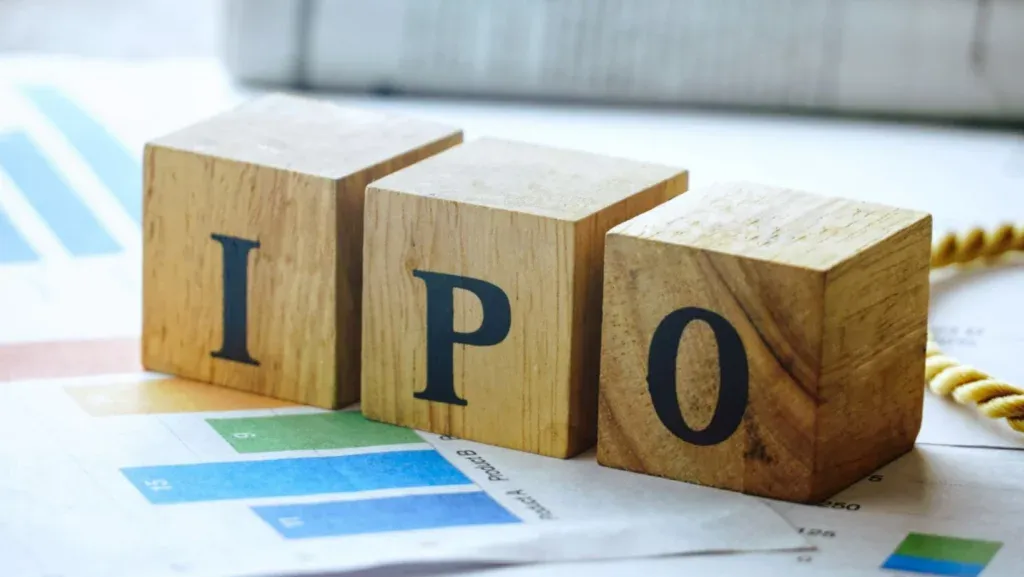What is the Process of Selling IPO Shares?
Written by Dev Sethia
4 min read | Updated on November 25, 2025, 14:14 IST

Process of Selling IPO Shares
Increasing awareness of the benefits of IPOs, an easier application process, price transparency, and an opportunity to achieve long-lasting financial goals are all leading to more investors applying to Initial Public Offerings (IPOs).
After the company goes public, shareholders can either keep their IPO shares for long-term value while the price increases or sell their shares right away. However, financial professionals will suggest that investors take all of the following into consideration and plan properly before exiting.
What is an IPO?
An Initial Public Offering (IPO) indicates when the private company offers shares for trading in the public market for the first time. Once the company's shares are listed on the stock exchange, investors can trade them.
Whenever investors get a share allotment, the shares are credited directly into their Demat accounts. What investors decide to do next, to hold or to sell, is totally dependent upon their financial goals. In the meantime, experts recommend considering every factor before deciding to sell.
Things to Consider before Selling IPO Stock
Risk Assessment
Like all market tools, an IPO stand with risk. Investors must evaluate their individual risk tolerance and consider the effects on their individual portfolio from selling IPO stock.
Tax Implications
There are two types of gain tax in IPO selling.
STCG: If they sell within one year of listing, or on listing day, it would be short-term capital gains tax (STCG).
LTCG: If they continue to hold for more than 1 year, the tax consequence will likely be favourable. Investors could be in a better tax situation by selling after 1 year.
Selling Restrictions
Many IPO's require a lock-up period of the IPO stock to prevent immediate liquidation and/or affect the market price of the stock. Investors should check to see if they are under any lock-up or selling restrictions prior to selling an IPO incorporated with such restrictions.
How to Sell IPO Shares?
Once an investor has determined an exit from their IPO holding, there are different options available depending on personal objectives and the day’s market dynamics.
Sell on Listing Day
Market researchers and professionals generally observe many IPOs to see good performance on day one (listing day, relative to the following trading days. This often leads some investors to extract value by selling on listing day.
Investors should watch the pre-market session, which can be an early indication of what the opening prices are expected to be. For example, if pre-market prices indicate a 70-80% return, this should be an indicator of a buy price to sell.
Sale on Listing Day
A common strategy is to sell off only part of the allotment in order to recover the initial investment and hold the remainder for long-term gains.
For instance, Mr. A invested ₹30,000 by buying 150 shares at ₹200 each.
In such a case, the stock opening with a 40% gain on its listing price will be at ₹280. He can recover his entire investment by selling 108 shares at the higher price and keeping the remaining 42 shares for long-term appreciation.
Selling in Installments
Some investors like to sell shares over a period, usually quarterly, to coincide with the company's quarterly reports. Quarterly performances provide insights into future stock trends, helping to decide whether to sell or hold.
Partial Profit Booking
-
This is a variant of installment selling:
-
Sell 50% upfront to recover the initial investment.
-
Sell the remaining 50% in five installments of 10% each, based on quarterly results.
-
This usually works quite well with those companies that list at 40–50% gains.
When Should Investors Sell IPO Shares?
And naturally, the ideal time to sell varies widely among investors and depends on financial objectives. Investors should estimate the expected profit before selling and consider whether the exit aligns with long-term plans.
Many investors have historically favored selling on listing day, when prices peak, compared to months afterward. At the same time, there is no universally right time: what suits one investor may not suit another.
Key operational detail: On listing day, trading starts from 10:00 AM onwards, not from the usual 9:15 AM at the start of normal trading days. Again, investors must apply their chosen strategy at the right time to maximize gains.
An IPO allows participation in the early stages of companies with huge growth potential. Given the uncertainties persisting in the market, one must have a clear exit plan even before the application during an IPO.
The above strategies provide a framework that will help investors design their selling approach, which can then be fine-tuned to help achieve personal financial goals.
About Author
Dev Sethia
Sub-Editor
a journalism post-graduate from ACJ-Bloomberg with over three years of experience covering financial and business stories. At Upstox, he writes on capital markets and personal finance, with a keen focus on the stock market, companies, and multimedia reporting. When he’s not writing, you’ll find him on the cricket pitch
Read more from Upstox
Upstox is a leading Indian financial services company that offers online trading and investment services in stocks, commodities, currencies, mutual funds, and more. Founded in 2009 and headquartered in Mumbai, Upstox is backed by prominent investors including Ratan Tata, Tiger Global, and Kalaari Capital. It operates under RKSV Securities and is registered with SEBI, NSE, BSE, and other regulatory bodies, ensuring secure and compliant trading experiences.